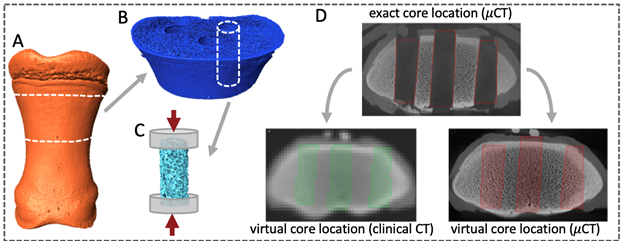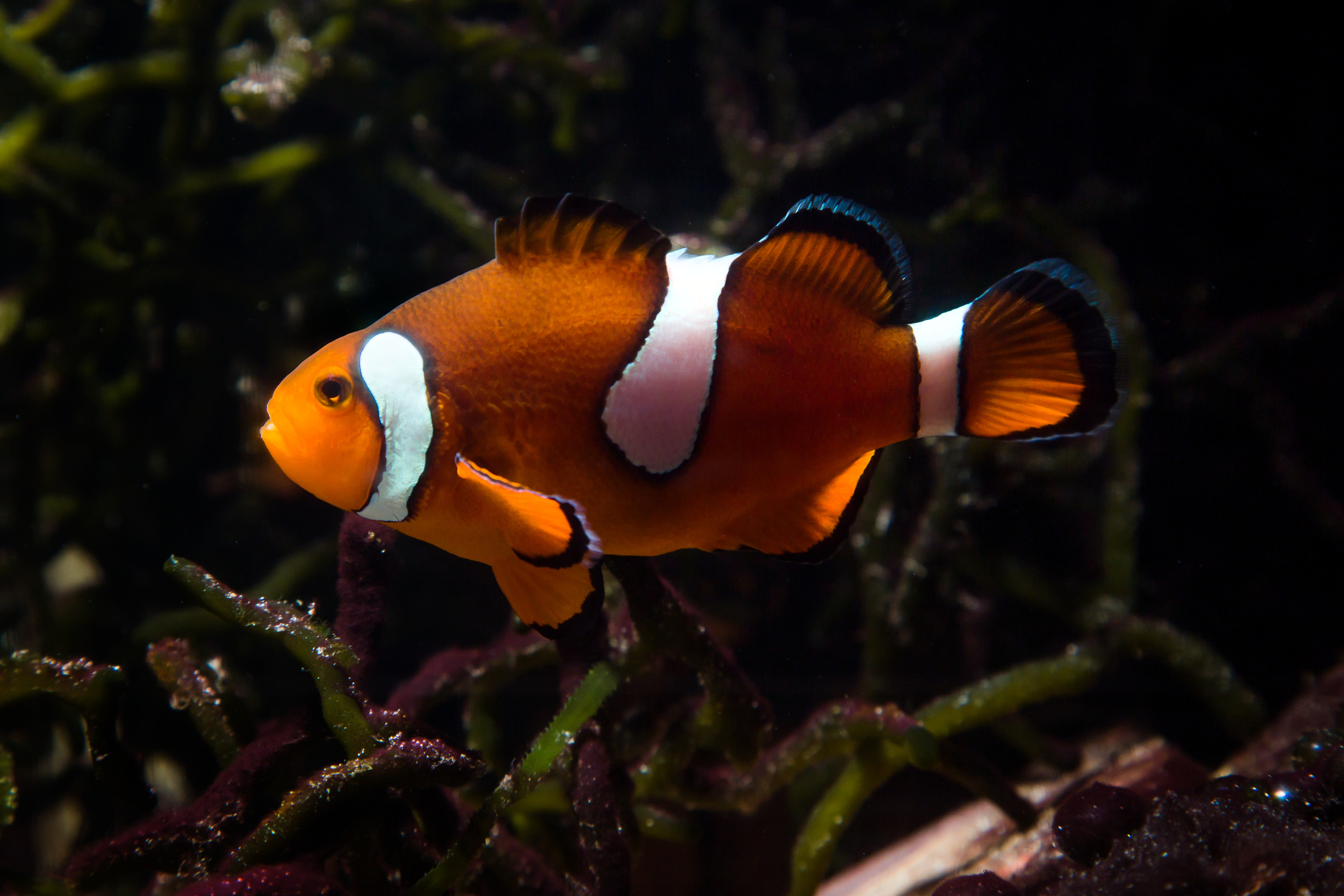11/1/2021 Beckman Institute
Written by Beckman Institute
Three graduate students will present their research at the final Beckman Institute Graduate Student Seminar of the fall 2021 semester: Edward Jira, chemical and biomolecular engineering; Sara Moshage, mechanical science and engineering; and Coltan Parker, the Neuroscience Program.
The event takes place Wednesday, Dec. 1 at noon. Register to attend on Zoom.
Automated chemical synthesis for accelerated discovery of organic electronic materials
Edward Jira, chemical and biomolecular engineering

Electrically conductive organic materials are finding increasingly widespread application in devices such as solar cells, flow batteries, and transistors. These materials promise to revolutionize energy harvesting and storage by offering devices with improved flexibility, processibility, and tunability. Despite recent advances, challenging and time-consuming chemical synthesis remains the key bottleneck for continued development of organic electronics. In this work, we develop an automated synthesis instrument for the high-throughput preparation of large libraries of precisely defined small molecules. Leveraging building block-based Suzuki coupling chemistry this instrument has been applied to probe structure-performance relationships for a variety of organic electronic material properties. We highlight our use of this platform to systematically investigate the effect of solubilizing side chain length and chemistry on the single-molecule conductance of conjugated small molecules. We discover that increasing length of the solubilizing chain leads to a dramatic and unexpected increase in molecular conductance. Control experiments using asymmetric, planarized, and sterically hindered molecules show that this high conductance results from surface adsorption and molecular planarization facilitated by long alkyl side chains. Overall, this work opens new avenues for automated synthesis to drive functional materials discovery while also uncovering new conductance phenomena which critically inform electronic materials design.
Biography
Edward Jira is a fifth-year Ph.D. student in chemical and biomolecular engineering, and works with professor Charles Schroeder. His work in the Schroeder group focuses on the development of novel automated synthesis strategies to explore structure-performance relationships in organic materials. He received his bachelor’s degree in chemical engineering from Cleveland State University in 2017. He received a Beckman Institute Graduate Fellowship in 2018.
Developing a density-modulus relationship for juvenile equine bone
Sara Moshage, mechanical science and engineering

The majority of fatal musculoskeletal injuries in racing horses occur in the lower limb bones and are a significant welfare risk for racehorses. Additional exercise while a horse is young, and the skeleton is primed for adaptation, has been shown to strengthen the bone material. However, a lack of longitudinal imaging data in previous exercise studies makes it challenging to determine the amount of exercise and timing of interventions that may encourage optimal bone adaptation. Computational models can be used to non-invasively predict the mechanical loading environment of bone in vivo and therefore provide a means for evaluating the effect of different exercise modes pre-clinically rather than adopting a trial and error approach. Although several subject-specific models for the distal forelimb exist, no such model has been developed for horses younger than one year of age. A critical part of these model predictions is accurate bone material properties. The local apparent Young’s modulus has been related to apparent mineral density obtained from computed tomography data using empirical methods, usually via compression testing. To date, one density-modulus relationship exists for equine bone but was based on samples with a mean age of 6.7 years, representing adult bone as equine skeletal maturity occurs at 2 years of age. Young horses have plexiform cortical bone, which differs histologically from osteonal bone and may differ mechanically. In this talk, I will share our latest results on a density-modulus relationship for juvenile equine bone.
Biography
Sara Moshage is a fifth-year M.S.-Ph.D. candidate in mechanical engineering working with professor Mariana Kersh. Her work focuses on how exercise at a young age can be used to direct bone development and reduce the rate of injury in adult equine athletes. Moshage obtained her bachelor's degree in bioengineering in 2014 and her master's degree in mechanical engineering in 2019, both from UIUC. She received a Beckman Institute Graduate Fellowship in 2020.
Single-cell transcriptomic investigation of sex differences in the brain of a sex-changing fish, the common clownfish Amphiprion ocellaris
Coltan Parker, the Neuroscience Program

Across vertebrate species, sex differences in cell number and phenotype in the preoptic area of the hypothalamus are essential to regulating sex-specific reproductive physiology and behavior. We still do not fully understand how the POA comes to be sexually differentiated in female vertebrates. The common clownfish (or, anemonefish) Amphiprion ocellaris changes sex from male to female naturally over the course of its life. This provides a great model for the study of feminization of the brain. In order to study this process of male-to-female sex change we must first characterize sex differences in the clownfish POA and how they relate to known sex differences in the mammal POA. We have carried out single nucleus RNA sequencing on the POA from mature male and female A. ocellaris, and have compared that data with data from male and female mouse POA. We have identified a number of novel sexually-differentiated cell populations in the clownfish POA that must be actively changing during the process of male-to-female sex change. Further work will establish precise points of homology and distinction in the profile of POA sex differences across species, and explore the genetic and epigenetic factors underlying feminization of the brain in the anemonefish model.
Biography
Coltan Parker is a Ph.D. candidate in neuroscience working in the Beckman Institute with Justin Rhodes. He earned his B.A. in neuroscience with honors from Knox College in 2016. He is completing a thesis entitled “Sexual differentiation of brain and behavior in a sex-changing fish,” and has given talks and posters on this work at a number of conferences, most recently the annual Society for Neuroscience meeting. He has begun using new genetic and bioinformatic approaches to investigate the biological basis of sex in the brain of clownfish, which change sex from male to female, and connect those findings to what is already known from research in mammals. He will be sharing his latest findings with the Beckman community in his talk.